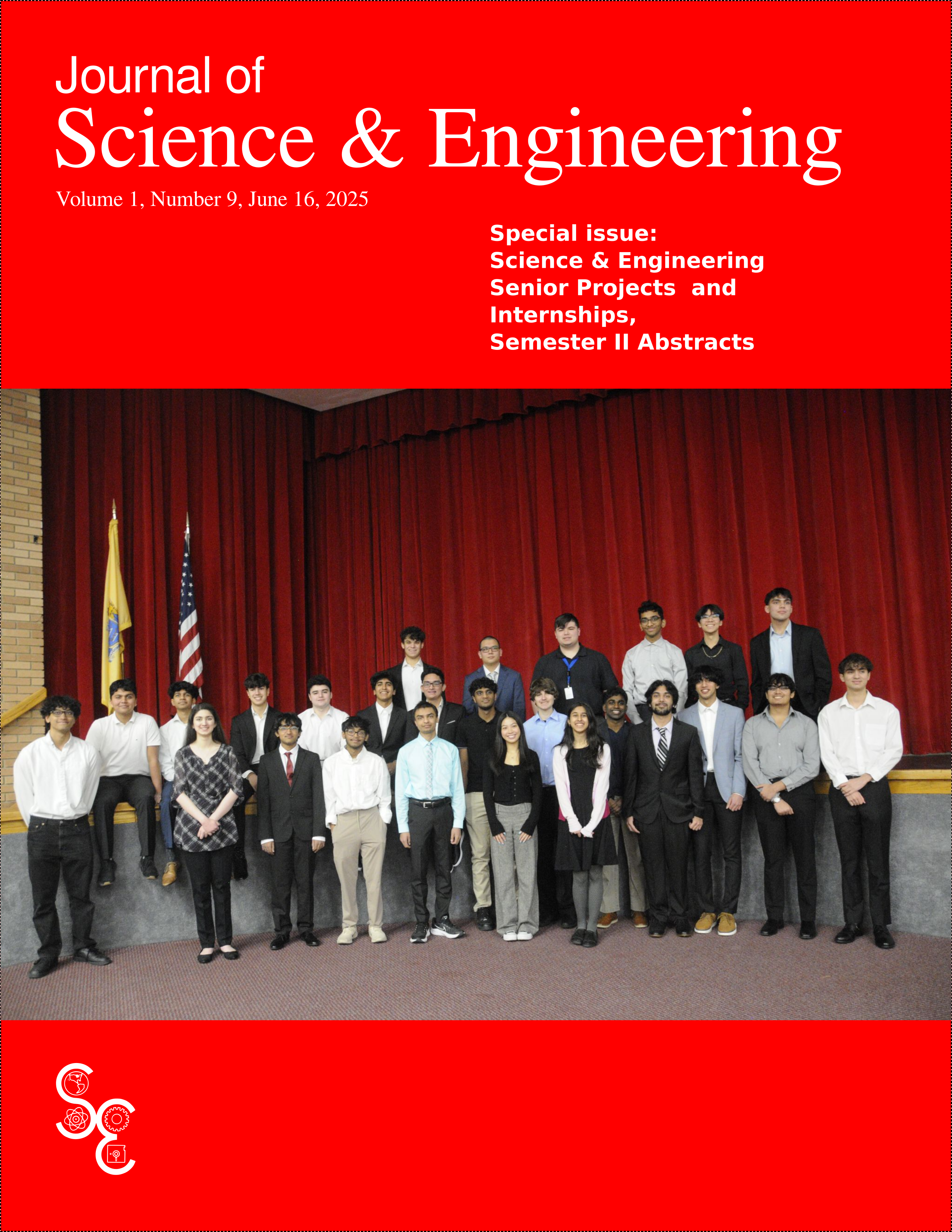Optimizing the fabrication process of microspheres for extended-release drug delivery
Keywords:
microspheres, emulsion-evaporation, phase-separation, polymer, encapsulation ratesAbstract
In the pharmaceutical industry, numerous drugs are required to be released over extended periods of time for diverse applications. Microspheres, microparticles that contain drugs encapsulated by polymers, have special characteristics that make them optimal for these applications. The quality of microspheres is characterized by their physical shape/size and drug encapsulation rates. My goal is to optimize the fabrication process's efficiency and improve the quality of microspheres produced by these techniques by producing microspheres that have an average diameter of about 10 to 20 micrometers and have as high of a drug encapsulation rate as possible.
In the first semester of my internship at ACON Pharmaceuticals, I primarily focused on testing the emulsion-evaporation fabrication technique. Using this time-consuming method, which involves the evaporation of an emulsified drug-polymer solution over 2-3 days, I found that the microspheres were suboptimal, often consisting of excess polymer and low drug encapsulation rates.
For my second semester, I tested using the phase-separation method of fabrication, where I rapidly induced the formation of microspheres within minutes by adding a liquid to the emulsified drug-polymer solution. This method proved to be time-efficient without sacrificing the quality of the microspheres. To optimize for mass production, I aimed to enhance the drug encapsulation efficiency of this process by testing adding a base, and I also aimed to minimize the amount of materials used, while also scaling up and making larger batches. Furthermore, I began drug dissolution studies on the produced microspheres to measure the extended-release rates for drug delivery.
Downloads
Published
Issue
Section
License
Copyright (c) 2025 Journal of Science & Engineering

This work is licensed under a Creative Commons Attribution-NonCommercial 4.0 International License.





